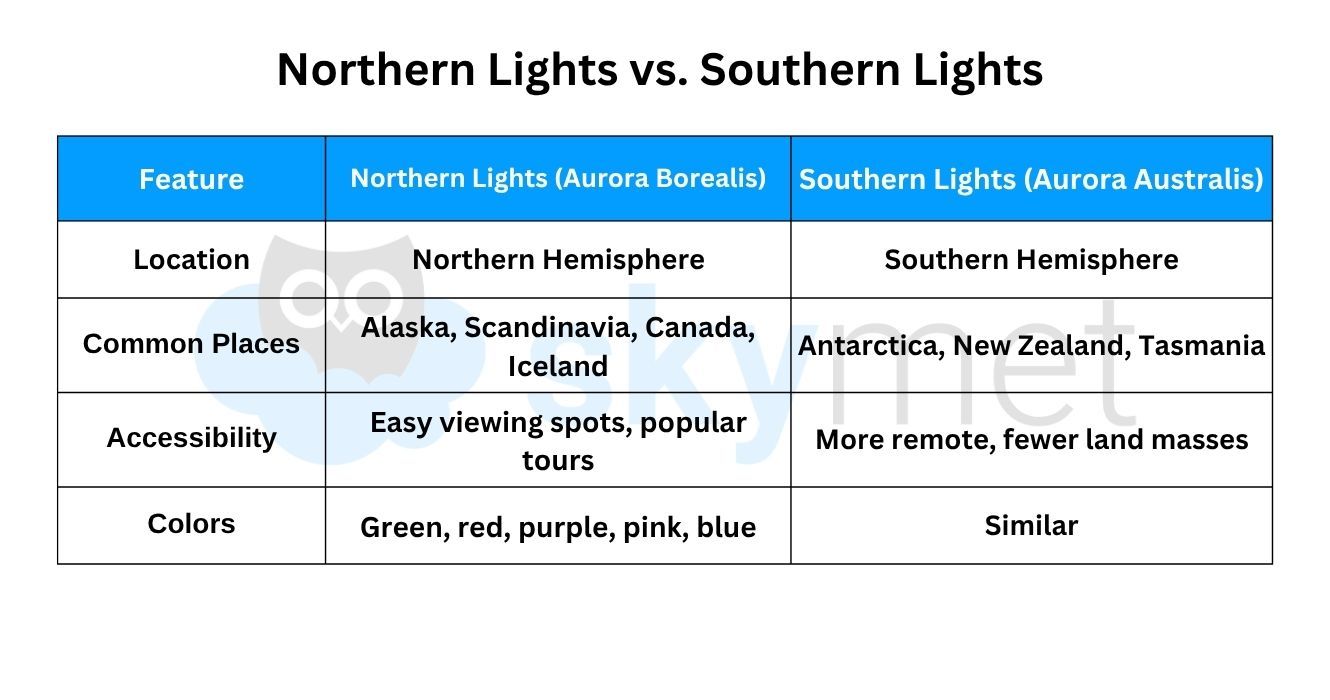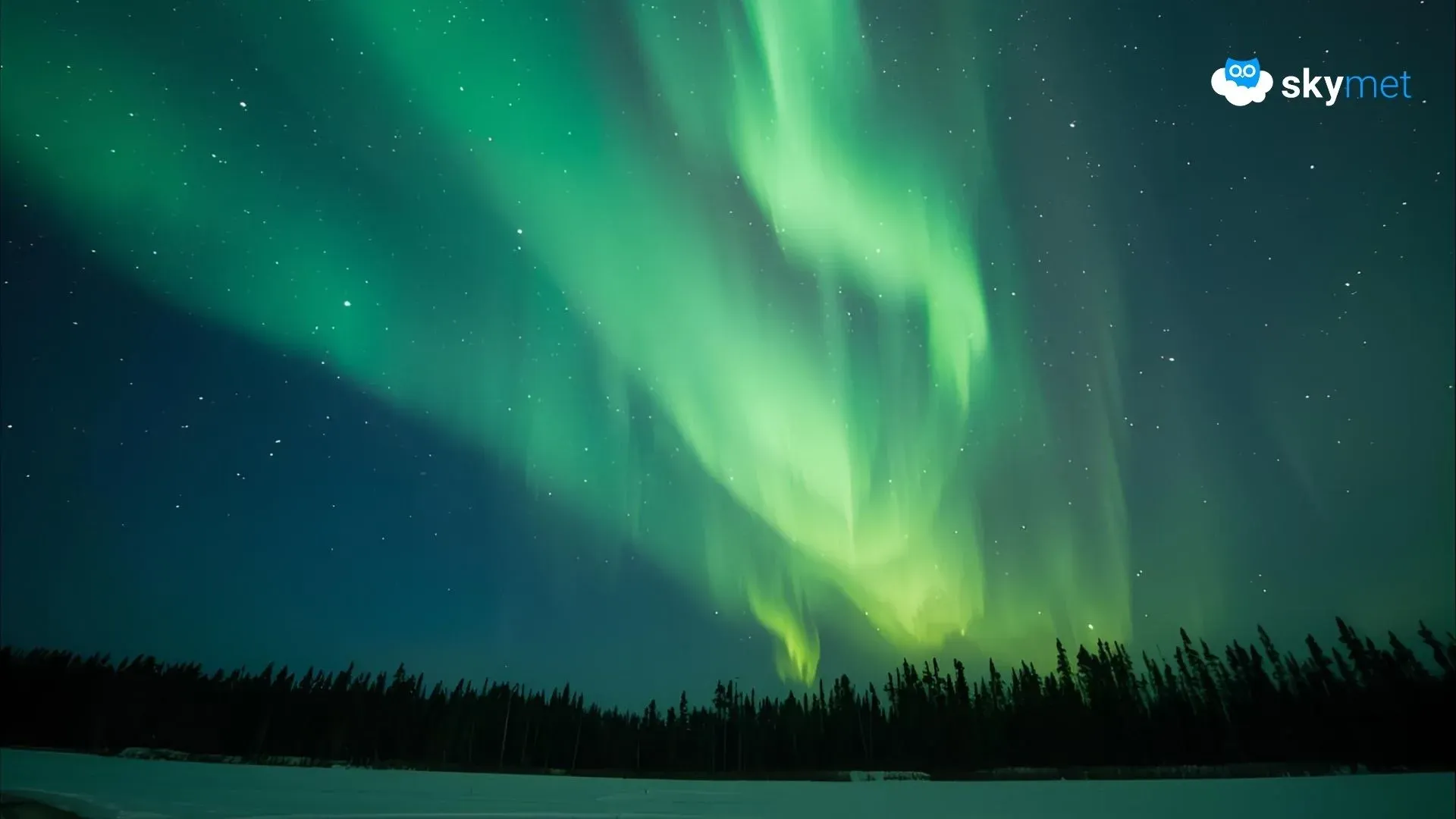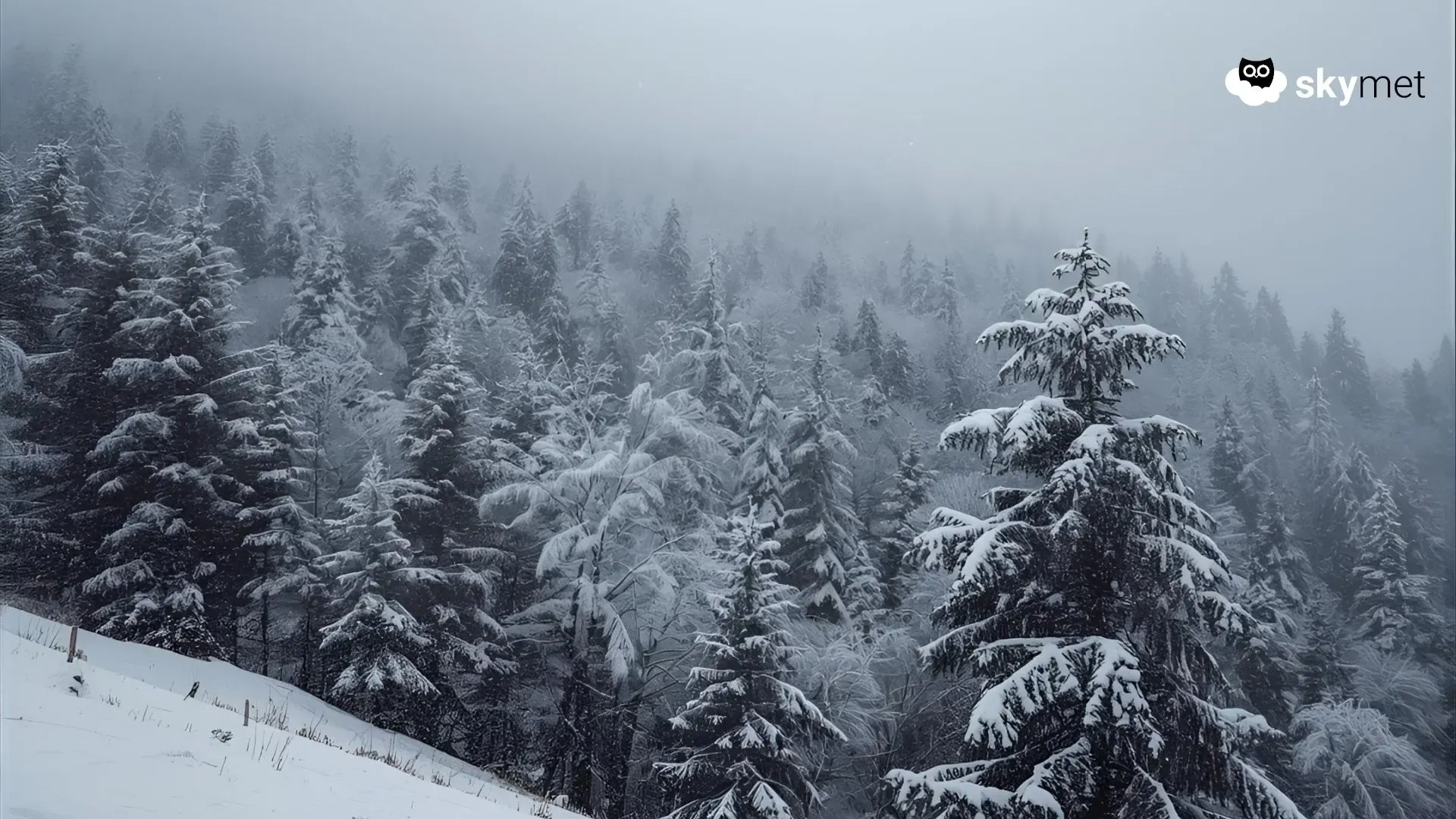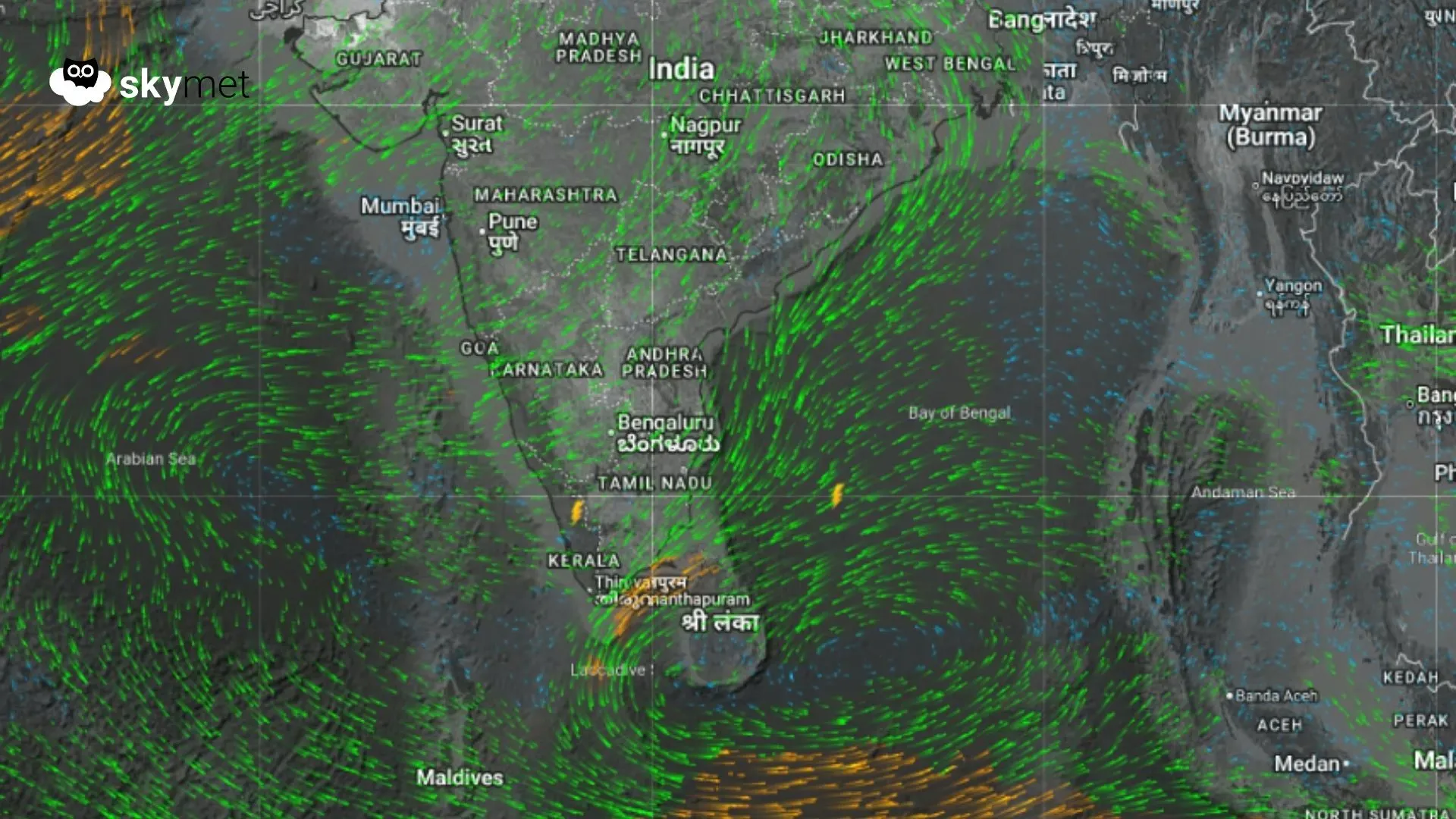The Northern Lights are shining especially bright across the United States tonight, and this sky show is among the most extraordinary in years. If you’re chasing auroras or simply curious, here’s everything you need to know—science-backed, SEO-optimized, and easy to read.
Northern Lights Forecast: November 12, 2025
The Space Weather Prediction Center at NOAA has issued a rare G4 (Severe) geomagnetic storm warning, bringing the aurora borealis to unprecedented southern latitudes in the US. Thanks to a powerful series of solar storms, millions across America will have a chance to see the northern lights tonight.
- Best Viewing Time: Between 10 PM and 2 AM local time, with peak activity forecast from 10 PM to 1 AM EST.
- Where to Look: Clear, dark skies away from city lights offer the best chances.
21 US States Most Likely to See Aurora Borealis Tonight
According to the latest NOAA aurora forecast map, vibrant displays could be visible from these states:
- West & Alaska: Alaska, Washington, Idaho, Montana, Wyoming
- Midwest: North Dakota, South Dakota, Minnesota, Wisconsin, Michigan, Iowa, Illinois, Nebraska, Ohio, Indiana
- Northeast: New York, Pennsylvania, Vermont, New Hampshire, Maine, Massachusetts
Recent Epic Northern Lights Events in the United States
- April 2023: A severe geomagnetic storm made auroras visible as far south as Arizona and Arkansas, with sightings reported in Australia and New Zealand as well.
- December 2023: A burst of solar energy lit up North America and parts of Europe. According to NASA and NOAA, this impressive show was caused by a large CME (coronal mass ejection).
- May 2024: Spectacular auroras swept across North America, with sightings from Maine and as far as Britain, Denmark, and Germany, turning it into a global phenomenon.
What Causes the Northern Lights?
Northern lights, or aurora borealis, are created when charged particles from solar wind interact with Earth’s magnetic shield. As these particles funnel toward the pole and collide with oxygen and nitrogen atoms in the atmosphere, they emit light—producing the colorful glow known as an aurora.
Why Are Auroras So Colorful?
- The colors depend on the type of gas in the atmosphere and the altitude where collisions occur.
- Green: Oxygen molecules at lower altitudes
- Red: Oxygen at higher altitudes
- Blue & Purple: Nitrogen interactions
Northern Lights vs. Southern Lights Explained
Both are forms of “aurora”—the northern lights (aurora borealis) in the Northern Hemisphere and the southern lights (aurora australis) in the Southern Hemisphere.

- Both are caused by solar wind colliding with Earth’s atmosphere.
- Both display similar colors (green, purple, blue, red).
- Best seen during dark, clear winter nights.
Are Northern and Southern Lights Mirror Images?
Though they’re caused by the same solar activity, they are not always perfect mirror images. NASA studies show auroral displays may differ in shape, intensity, and timing, based on the magnetosphere’s response to solar wind in each hemisphere.
Quick Tips for Skygazers Tonight
- Check local aurora forecasts
- Find dark, unobstructed skies away from city lights.
- Bring a camera with manual settings—long exposures capture faint auroral colors.
- Dress warmly and plan for potentially long waits.
If you’re in one of the 21 lucky states tonight, don’t miss your chance to witness the northern lights at their most dazzling. This is a rare opportunity—look up and enjoy nature’s greatest light show!
Trending: Delhi Air Quality Deteriorates: AQI Above 400, GRAP-III Activated, City Chokes Under ‘Severe’ Smog
Skymet is India’s most accurate private weather forecasting and climate intelligence company, providing reliable weather data, monsoon updates, and agri-risk management solutions across the country.



















